
As I write this week’s Week Ahead, I am busy preparing my academic report for the Academic Subcommittee meeting to be held in November. Governance procedures at Hiba are continual, thereby ensuring that as leaders, we are fully accountable for what we do, how we do and why we do (I’m back to the ‘why’ once again). The team report on progress against our strategic plan, discuss the performance of the team and the pupils, update on curriculum related matters, and celebrate life at the nursery. Whilst we can claim that everything in life is amazing, evidence is needed to support the report. This data comes from pupil progress moderation, performance monitoring and mapping of the strategic plan. Anecdotes here are insufficient. Moreover, this process is one of support and guidance. As leaders, we are accountable for the overall success of the nursery. We have an inherent desire for it to be the very best that it can be. The members of the academic subcommittee are seasoned educators who can tap in to their personal bank of experience and knowledge to provide advice where needed. The relationship is one akin to the relationship between the teachers and the pupils in the nursery – it is open, supportive, friendly, happy to learn from mistakes and encouraging of those willing to have a go. China International Import Expo – important dates China International Import Expo is a 6-day event being held from 5th November to 10th November 2018 at the National Convention & Exhibition Centre in Shanghai. This event gathers government officials, business communities, exhibitors and professional purchasers across the world and provides them new channels for countries and regions to do business, strengthen cooperation and promote common prosperity of the world economy and trade. https://10times.com/china-international-import-expo We have received government notification of necessary adjustments to the Hiba Academy Shanghai academic calendar to support the China International Import Expo (CIIE). To this end the nursery will be closed on Monday 5th and Tuesday 6th November. To maintain attendance, we will be open on Saturday 3rd and Sunday 11th November. Library Art You must have noticed the changes to the EY1 & 2 library recently – it is becoming a piece of art. Lorna; our resident interior designer has been working with the EY1 children on a project to enhance the ambience and feel of the library with the aim of creating a sense of peace and serenity within the space. This supports the children to feel calm and relaxed whilst they get lost in the literature around them, heading off on journeys to who knows where. After much research and deliberation, Lorna chose a design embedded in Chinese art culture: Koi carp art.
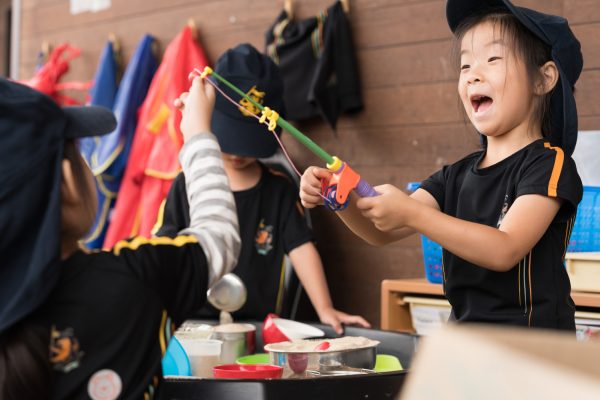
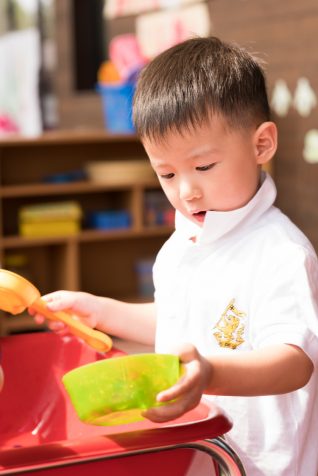
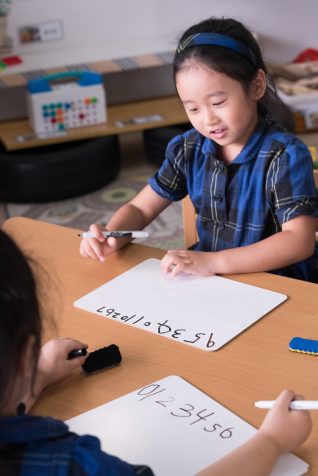
China is the ancestral home of carp art, and where koi and traditional Japanese carp art (especially the early paintings) draws much of its inspiration. It is acknowledged that to the Chinese people, the carp is a symbol of perseverance, strength, and endurance. In many Chinese folktales, the carp is considered an incarnation of the dragon that brings happiness and wealth to those whose path it crosses. With its long whiskers and scales, the carp is said to physically resemble a dragon. In fact, one of the most popular Chinese carp motifs is a carp(s) swimming toward a waterfall and transforming into a dragon. This motif is based on an ancient Chinese legend about carp who swim upstream in the Yellow River toward the mythical Dragon's Gate at the top of a giant legendary mountain. Those few carp who swim up the waterfall and through the gate are changed into dragons. To this day there exists a saying in China: "lǐ yú tiào lóng mén" ("鲤鱼跳龙门"), or "The carp has leaped through the dragon's gate." This saying is often used for students who pass their university exams, or people in general who work hard at a task and succeed beyond their wildest expectations. Adapted from https://owlcation.com/humanities/koi-fish-art
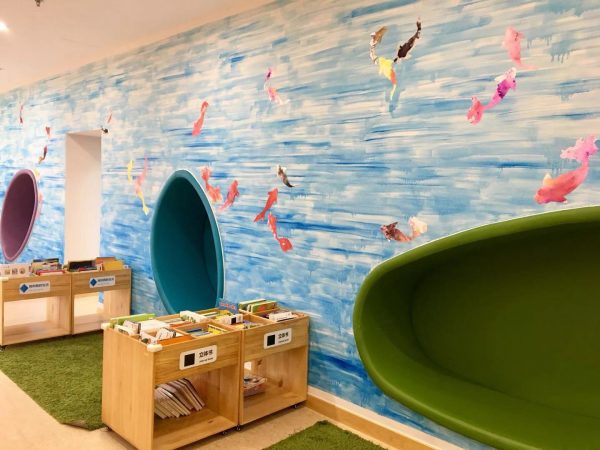
Whilst we have no university exams to worry about in early years, we do have a desire to see our pupils succeed beyond their wildest expectations every day. Perseverance, strength and endurance reflect the Characteristics of Effective Learning and support the encouragement of children to have a go, keep trying, take risks, make mistakes, find alternative ways of achieving and celebrating achievement. Who would think that an early years framework could share the same message as ancient Chinese art? Next time you are in the library you can read about the creative methods used by Lorna with the children and then you can enjoy the calm and serenity of the space together with your child.
What’s in a photograph?
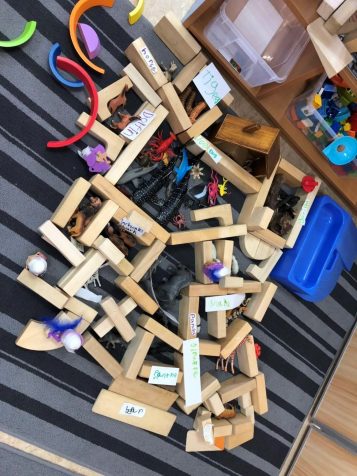
What do you see? A pile of wooden blocks and a few plastic animals scattered on the floor? Or a zoo, with individual animal enclosures. Can you imagine how a group of children would plan to bring this to life? There is a need for the children to pay attention, listen and respond to each other’s ideas – think of the how’s and the why’s that require contemplation. Consider the conversations that would take place, reflecting children’s knowledge and understanding of the animal kingdom – which animals could be placed together? Part of the design involves ensuring that the animals have enough space, once they have been sorted and counted; these mathematical concepts require effective communication to organise, sequence and clarify thinking. Building the zoo requires increasing motor control of hand muscles – it can’t fall down! Added embellishment improves the creative design and appearance of the zoo, ensuring that the animals have a visually appealing place to live. Written labels identify animals and demonstrate mark making skills, appropriate letter recognition and formation and phonetic knowledge. Moreover, the children are being kind and respectful towards the animals by building them a place to live. Furthermore, they are demonstrating a global responsibility through their conversations, acknowledging the role of humans in protecting and caring for the animal kingdom. Not bad for a pile of bricks and a few plastic animals!